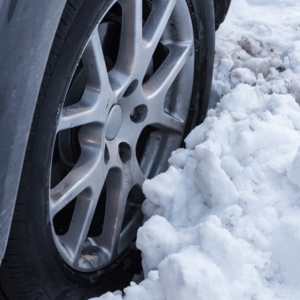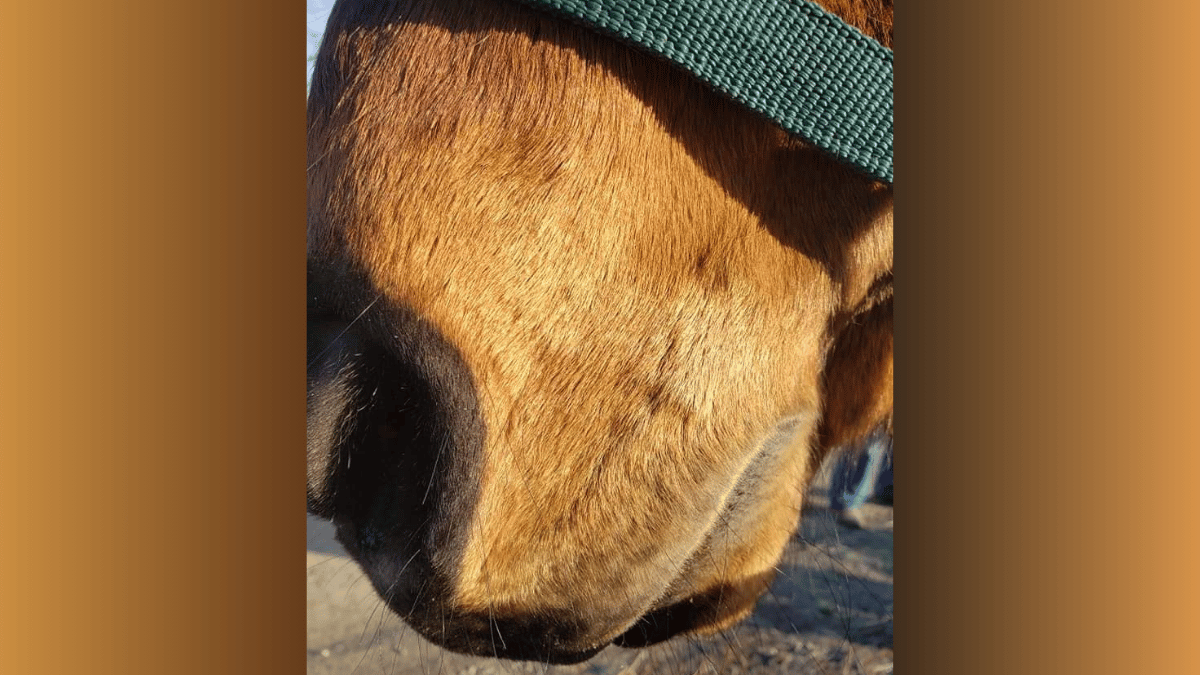6 Steps To Winterize Your Garden For A Successful Spring
The harvest is in. The canning is done. The first frost either close by or behind us. It’s time to winterize your garden ( if you aren’t planting a winter garden, that is). Take notes on what was successful this year – and what wasn’t – and plan for next year. Whether it’s rotating your garden to a new area, expanding or adding beds, or enriching the soil, putting in some elbow grease now will make spring planting a breeze.
Six Steps To Winterize Your Garden
1. TEST YOUR SOIL
Now is the perfect time to test your soil to see if it is too acidic or too alkaline. Soil that’s too acidic is a perfect environment for weeds and disease. There are test kits available at most hardware stores, through your local extension agent, or you can also test it yourself using vinegar and baking soda. Your local extension office can direct you to where to send your soil to be tested for more than acidity. These comprehensive tests will give you a more in-depth analysis of what your soil might be lacking.
2. PULL WEEDS
Hopefully, the weeds have not gone to seed yet, but if so, carefully pull them up by the roots. Don’t add these to your compost! Just add them to your burn pile or give them to your chickens as a treat. You might consider sowing a cover crop such as fetch or clover to keep weed pressure down and rebuild the soil.
3. REMOVE OLD VEGETABLE PLANTS
First, throw away any diseased plants. For healthy plants, cut their stems as close to the ground as possible. Leave the roots to decompose, adding nutrients back into the soil. Add the old plants to your compost.
4. LAYER GARDEN BEDS WITH COMPOST
Add 1” to 2” of compost to your garden bed. This is also a good opportunity to add fresh manure (in moderation) since it will have all winter to decompose.
5. ADD LANDSCAPING FABRIC
If you want, you can add landscaping fabric. It will reduce weed growth and add heat to help decompose the mulch (and manure, if you added any). Just remove it in the spring when you are ready to plant!
6. COVER AND MULCH
Cover your prepped beds with a thick layer of mulch. You can use hay, straw, leaves, dried grass clippings, or wood chips. What you choose to use will determine how thick to apply it. For finer mulches like hay, straw or grass clippings, you’ll need to apply a thicker layer. (Note: If using grass clippings, it’s very important that clippings are completely dry.) Denser mulches like wood chips or bark break down more slowly, so you won’t need as much. Don’t skimp on this step! The mulch layer is crucial for moisture retention and protecting your precious topsoil from blowing or washing away.
How do you winterize your gardens?
Share Knowledge. Build Community. Grow Friendships.




